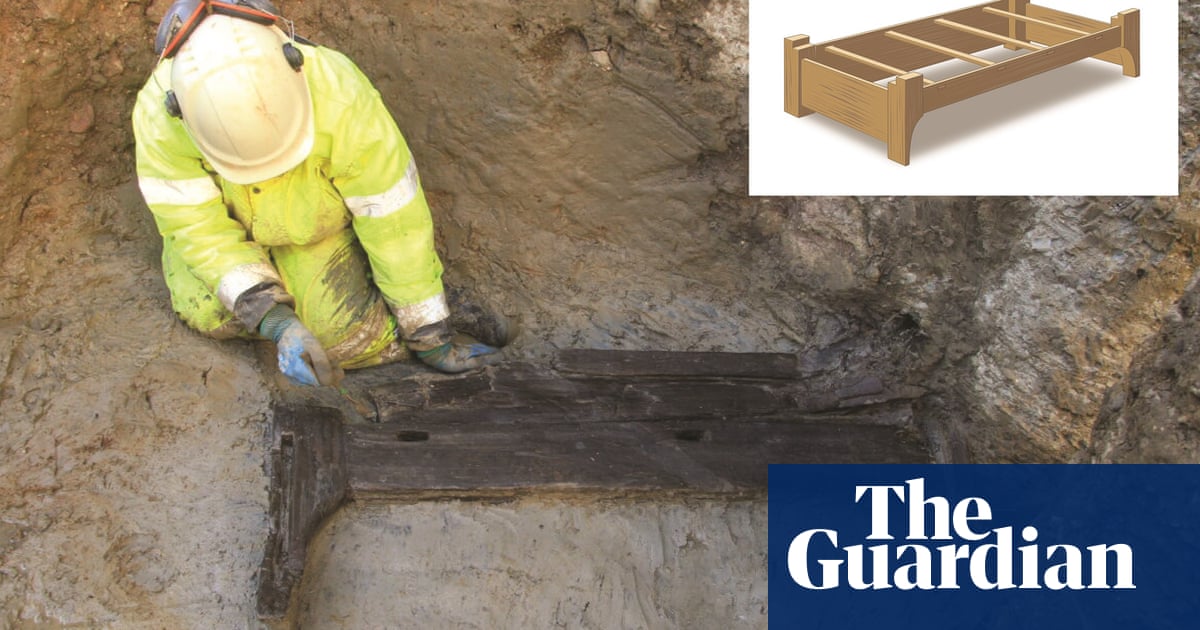A Rare Roman Era Discovery in Central London
In an extraordinary archaeological find in Britain, experts have excavated a fully intact wooden funerary bed from a former Roman burial site near Holborn Viaduct. This marks the first such discovery in the country, astonishing researchers with its exceptional condition and rarity. The site also revealed five oak coffins, a significant addition to the previously known three Roman timber coffins found in London, highlighting the unique historical significance of this location.
Insights into Ancient Roman Funeral Customs
The funerary bed, expertly crafted from high-quality oak, features detailed carvings and robust joinery with small wooden pegs, suggesting it was designed to be disassembled and reassembled—akin to modern flat-pack furniture. This methodical dismantling prior to burial suggests a ritualistic respect for the deceased, thought to be a young man in his late 20s or early 30s. Michael Marshall, an artefacts specialist from Mola (Museum of London Archaeology), described the find as “meticulously stored for the afterlife,” underscoring its intended durability and ceremonial importance.
Symbolism and Status in Roman Burial Practices
The discovery of such an elaborately constructed bed, buried six meters below today’s ground level and outside the ancient city walls, indicates the high status of the individual. The absence of personal artifacts with the burial further emphasizes the bed’s importance as a status symbol. The cemetery also yielded other fascinating finds, including a decorated lamp featuring a defeated gladiator, which Marshall suggests represents the nuanced mourning practices of the time. This lamp, among other artifacts, provides a glimpse into the cultural and social dynamics of early Roman Britain.
These findings not only enrich our understanding of Roman funeral practices but also highlight the craftsmanship and social stratification of ancient societies, offering a more nuanced view of how the Romans commemorated death and honored their dead.
